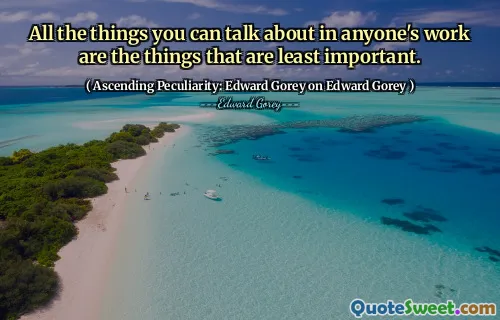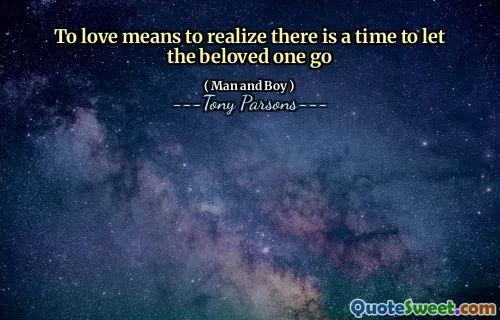You'll have to face it, the endings are the same however you slice it. Don't be deluded by any other endings, they're all fake, either deliberately fake, with malicious intent to deceive, or just motivated by excessive optimism if not by downright sentimentality. The only authentic ending is the one provided here: John and Mary die. John and Mary die. John and Mary die.
In "Happy Endings," Margaret Atwood presents a stark view of narratives and their conclusions. The emphasis is on the inevitability of certain outcomes, illustrating that regardless of the story one chooses to tell, the ultimate fate remains unchanged. The repetitive assertion that "John and Mary die" underscores a bleak truth about life: all stories lead to the same end, whether presented in a sugary or dramatic manner.
Atwood criticizes alternative happy endings as either deceptive or overly optimistic. She suggests that these variations lack authenticity, motivating us to confront the harsh realities of existence. By stripping away false narratives, Atwood invites readers to accept the single, unvarnished truth about human mortality, highlighting the futility of contrived endings and the acceptance of life's inevitable conclusion.





